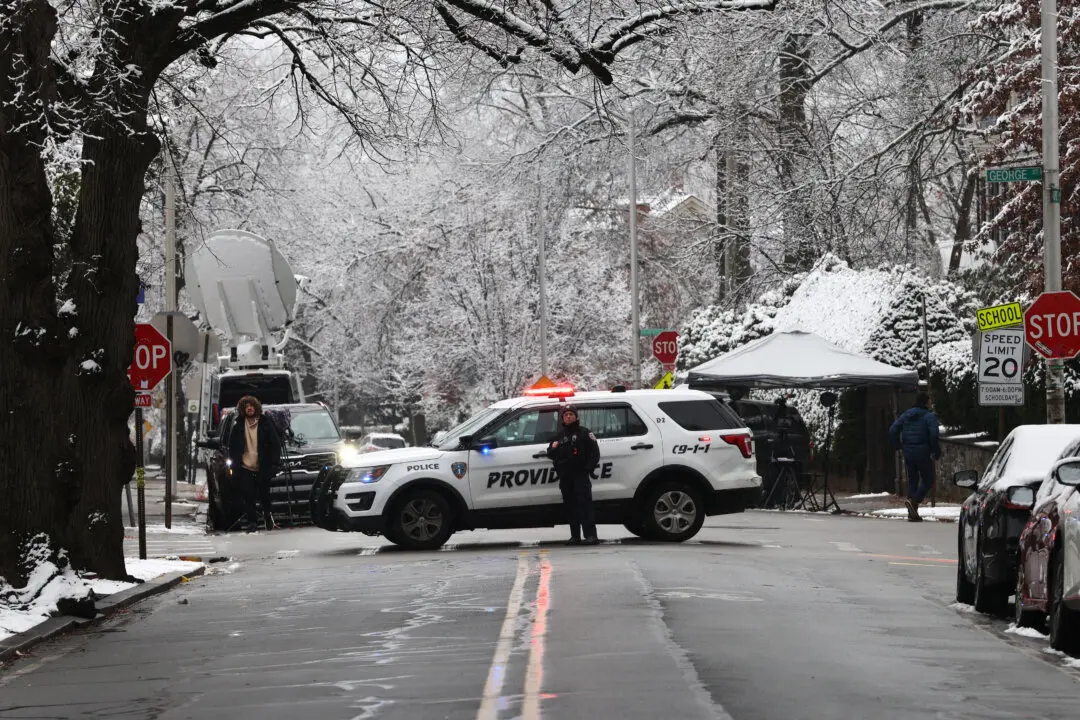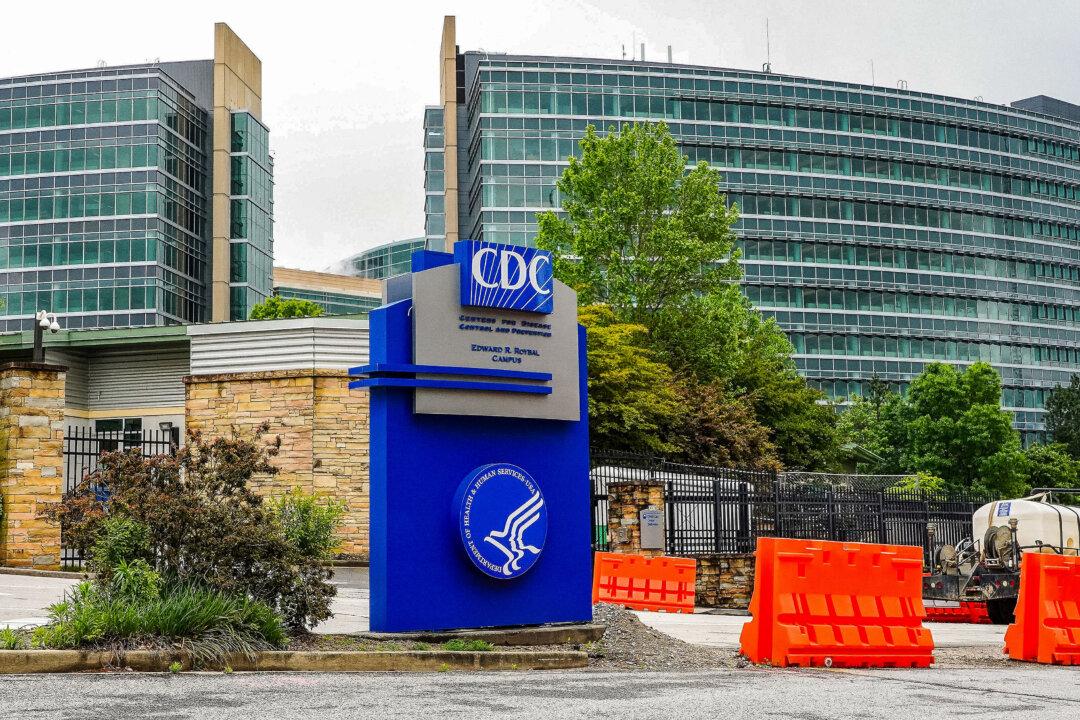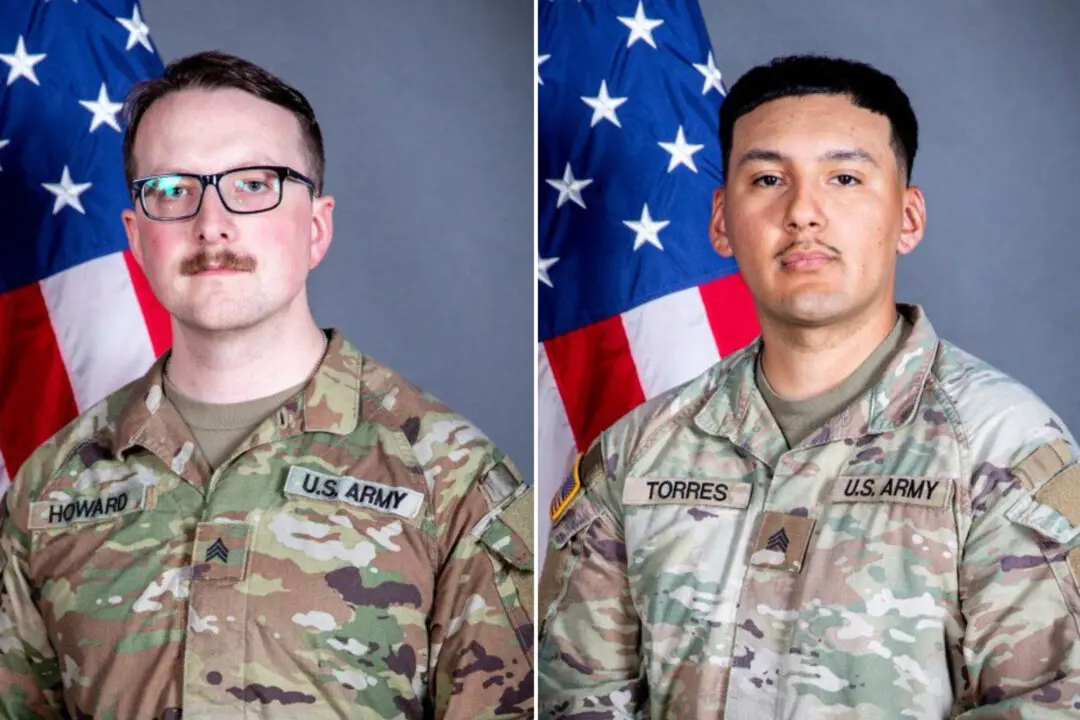A 6.3 magnitude earthquake struck western Iran near its border with Iraq, said the U.S. Geological Survey (USGS), injuring at least 170 people, with reports suggesting that more casualties are feared.
The quake struck at a depth of about 6 miles and about 12 miles south-southwest of Sarpol-e Zahab, Kermanshah province, the agency said.




